

7:30 pm IST - 9:30 pm IST
Past Event
Content from the Brookings Institution India Center is now archived. After seven years of an impactful partnership, as of September 11, 2020, Brookings India is now the Centre for Social and Economic Progress, an independent public policy institution based in India.
Climate change is a key global challenge, and one of the key mechanisms for mitigation is the expansion of renewable energy (RE). India has announced ambitious targets for RE growth, even before its commitments made during the Paris COP21 climate change accord. A key need for meeting the 175 gigawatts (GW) of RE capacity target by 2022 will be financing this investment. Well over a hundred billion US dollars will be required for this investment.
Brookings India is actively involved in the analysis of RE, as well as multi-stakeholder discussions on the same, Chairing the Working Group on Policy under the multi-stakeholder Clean Energy Finance Forum. On September 1, 2016, Brookings India hosted Dr. Jonathan Pershing, the U.S. Special Envoy for Climate Change, for a multi-stakeholder roundtable discussion on clean energy and climate change in India. Special Envoy Dr. Pershing was in India as part of the Indo-US Strategic and Commercial Dialog (S&CD). Dr. Jonathan Pershing was joined by his team United States government (USG), and industry leaders from the U.S.-India Business Council, as well as Indian industry leaders from the financial/banking sectors and project developers.
Brookings India Chairman Vikram Singh Mehta welcomed the delegates, after which discussions were held under the Chatham House Rule (no attribution). The discussion was moderated by Ray Sudweeks, Energy Unit Chief, US Embassy, New Delhi; and Dr. Rahul Tongia, Fellow, Brookings India.
Overview and opening discussion points:
A notable point raised was that RE of such scale is a new beast, one whose risks aren’t well understood for a country like India. Costs of capital are high, utilities face enormous financial challenges, but there is also enormous growth of demand. The grid is also weak, making integration even harder. Even in China, with a stronger grid and more centralized control, RE is being backed down in regions to the tune of 10-20+% of the time. For India, a substantial question is whether RE’s risks are higher than for other energy, and if so, how and why.
These challenges identified take forward a previous discussion with Brian Deese on Clean Energy Finance in India, which noted the financial and hedging risks need to be identified and solved (especially to allow lower-cost financing, often available in USD). Another observation was the need for “patient capital”, one focused on the long-term RE yield, as opposed to capital turnover.
Rapidly changing technology
Technology is changing at a fast pace and which is bringing down tariffs and cost of development. While there seems to be forward movement, the fast changing technology is causing investors to hold back since tariff prices are likely to be affected with more efficient and sustainable technology. Embarking on a project now may mean financial risks in the future when new technology will be more financially competitive.
CUF (capacity utilisation factor) has become a key risk factor associated with deployments. Changes in CUF disproportionately impact equity over debt. The focus of developers and investors on what some feel are aggressively low tariffs is becoming a big barrier to long-term scalability.
Generation vs. Transmission
While most of the focus in recent times has been on generation, transmission is often overlooked. Can transmission be part of the solution to achieve the targets?
Transmission also brings to focus the issue of rooftop solar, which is inherently more expensive per unit than a large grid-scale solar plant. However, rooftop (rather, behind-the-meter) solar avoids transmission investments, and also can be funded entirely by end-users (without direct government support). For the most part, small-scale plants have less avenues for reducing financial risks.
Funding: What can governments do?
To achieve the global targets set at COP21, the world needs more than 89 trillion dollars and sourcing the finance becomes a key question. The required funding is massive and government alone cannot do everything.
In case of India, the clean energy cess of ₹400 per ton of coal brings in a huge fund which can easily be used at some level but it is not sufficient to fulfill all the financial needs required to achieve INDC targets. However, the government can help in setting up systems which can ensure some risk assurance i.e. setting up a system for support the risk caused by money depreciation. At a policy level, the government needs to be more realistic while setting up targets. It also needs to focus on preparedness, especially at a sub-national level. E.g., the RPO targets set in July 2016, set tough targets for growth, in a manner that may be unachievable, especially by selected states (discussed in more detail in a paper by Rahul Tongia).
In a similar manner while the U.S. is offering support to countries to meet their COP targets. They won’t directly fund much, at best focusing on risk-reduction, credit enhancement, liquidity creation, and niche financing. The same applies to Indian government money – the largest portion of financing will have to come from investors and developers.
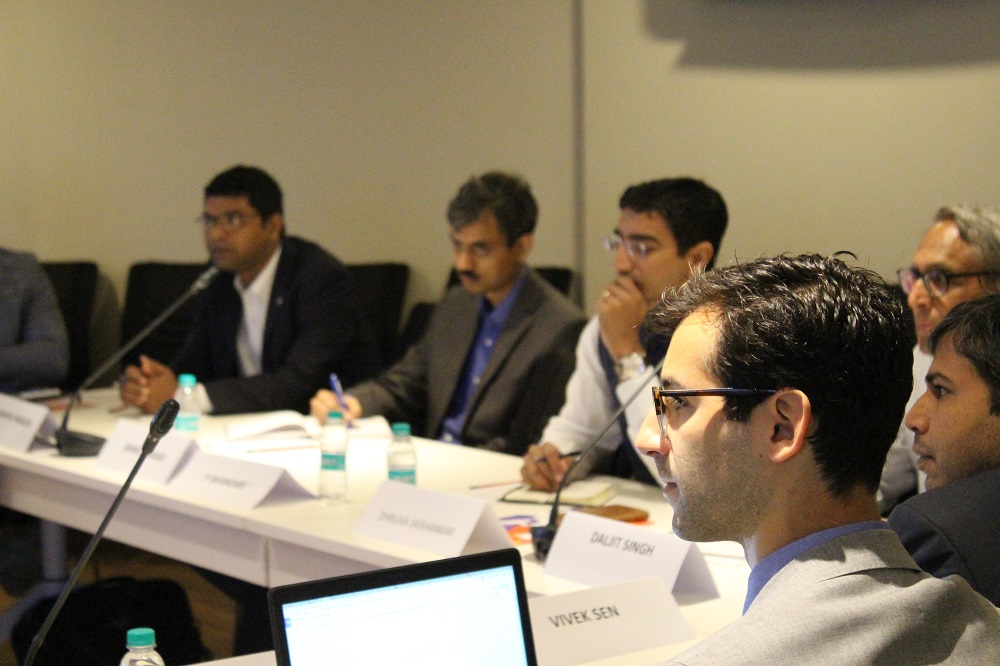
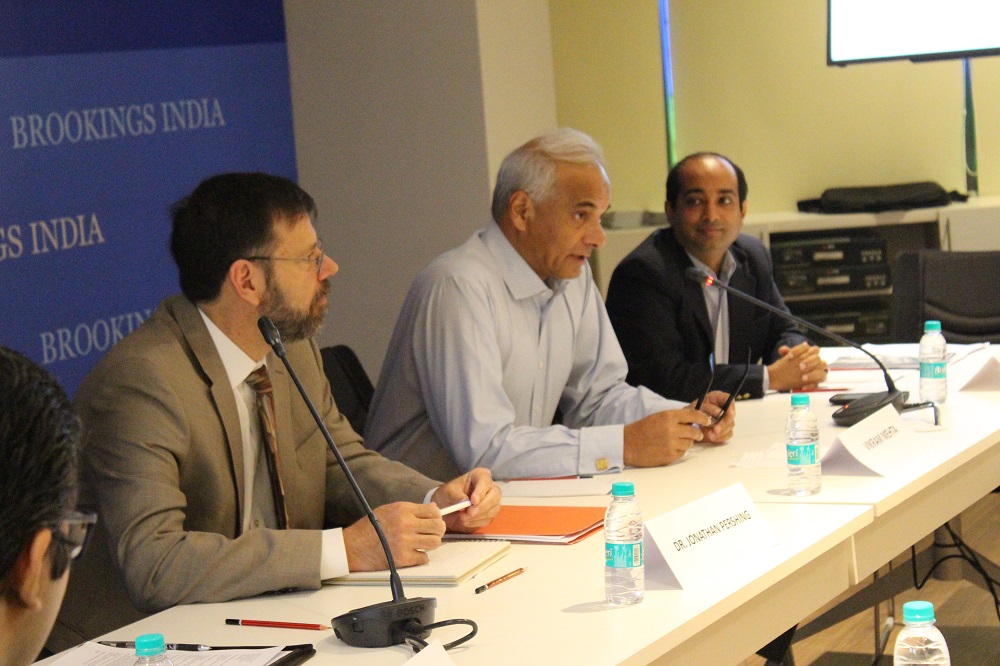
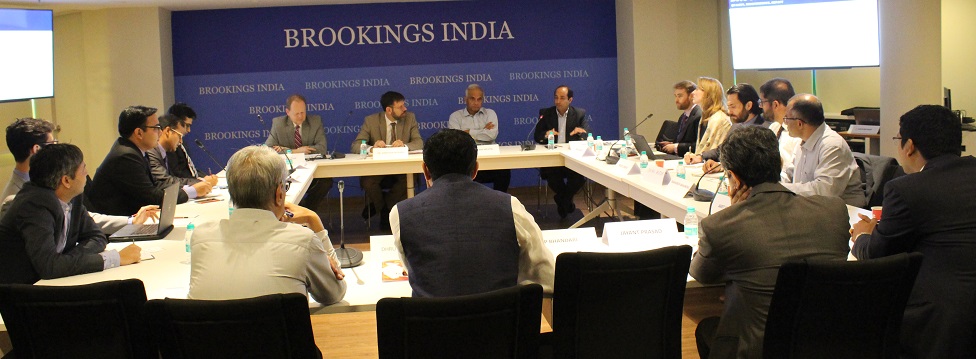
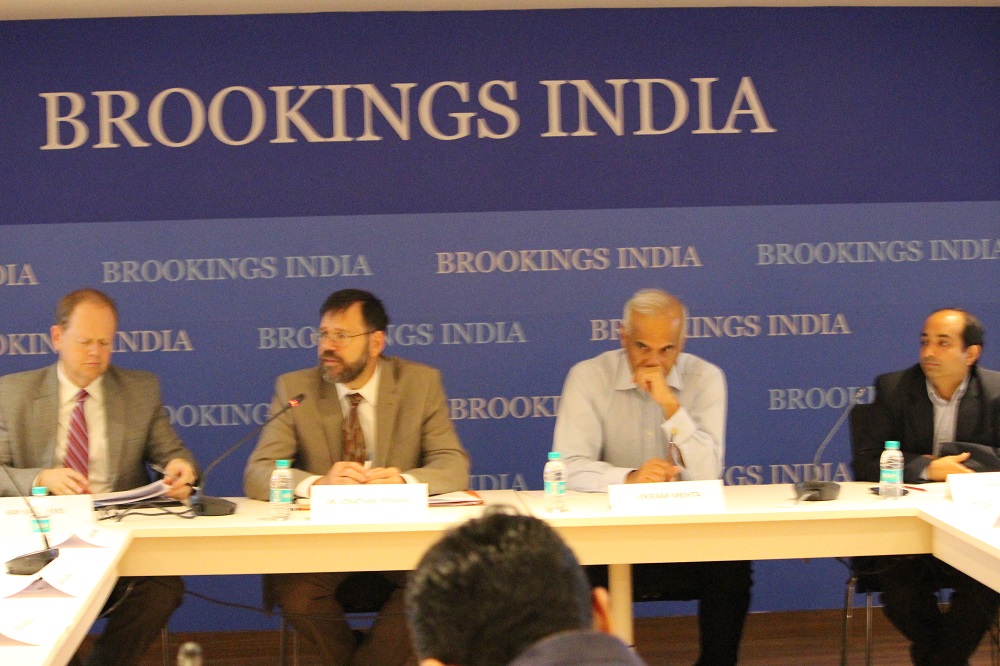
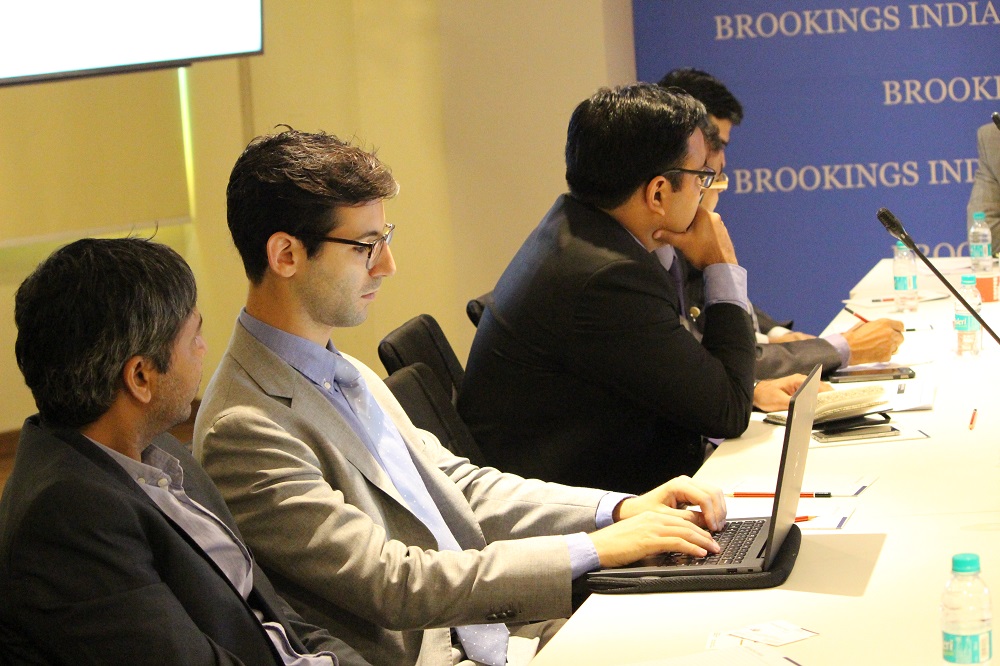
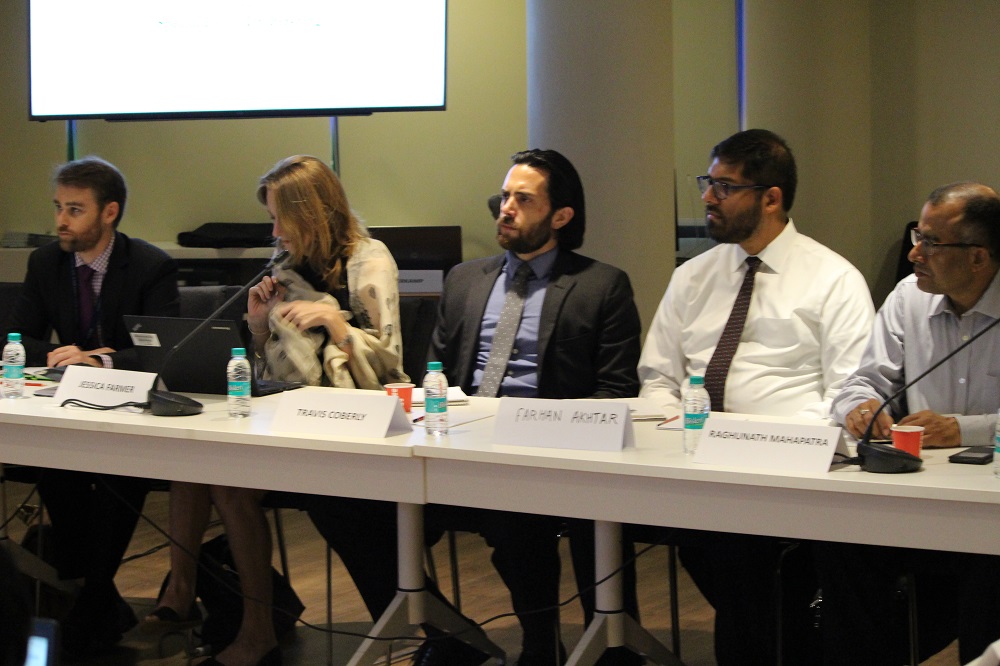
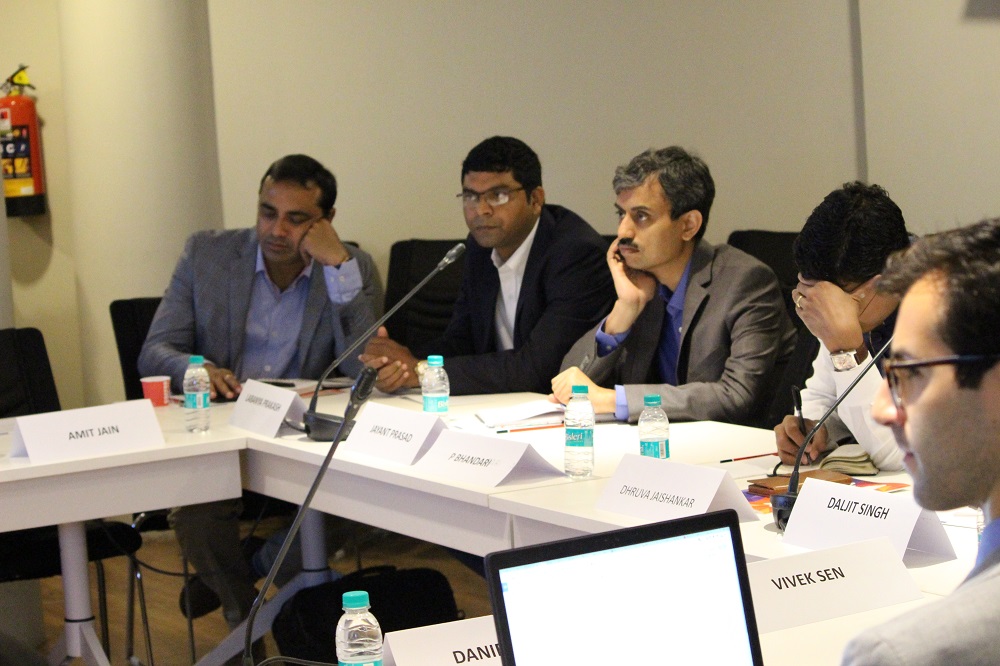
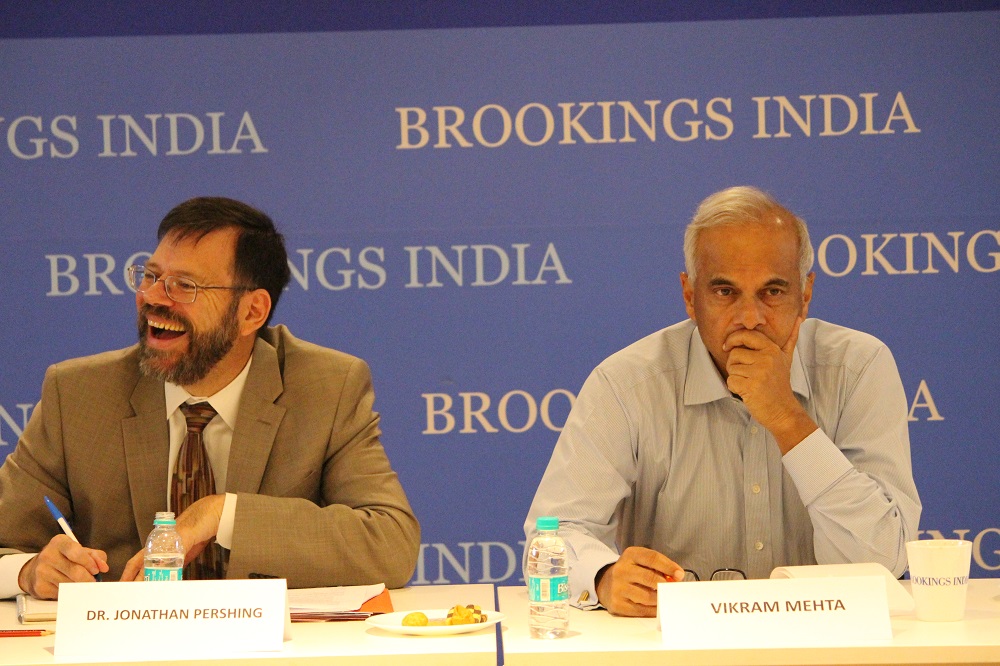
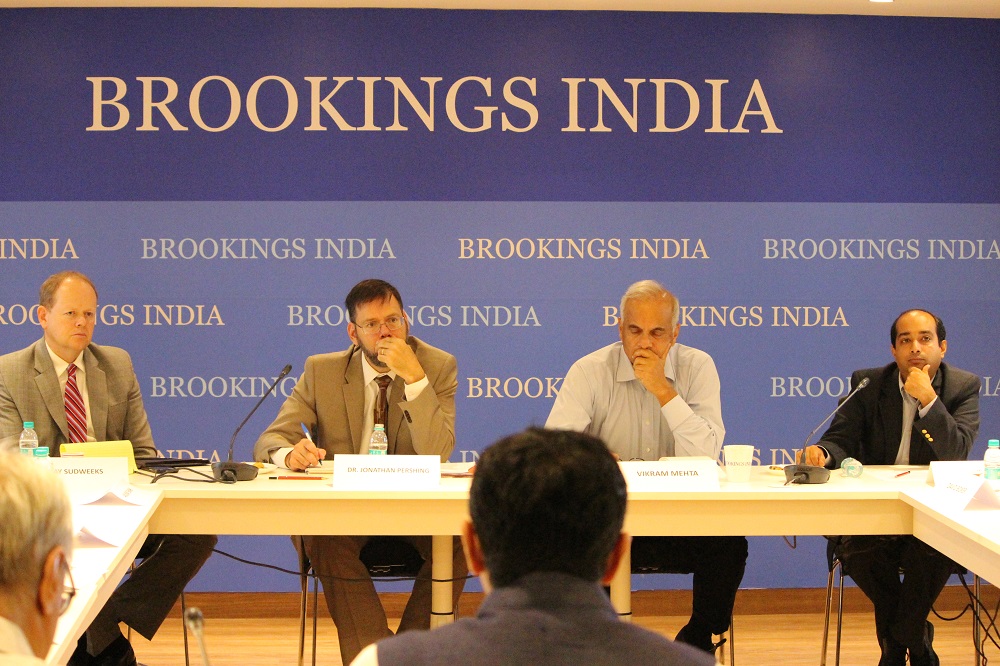
Like other products of the Brookings Institution India Center, this article is intended to contribute to discussion and stimulate debate on important issues. The views are of the author(s) and discussants(s). Brookings India does not have any institutional views.

David Wessel
June 17, 2025
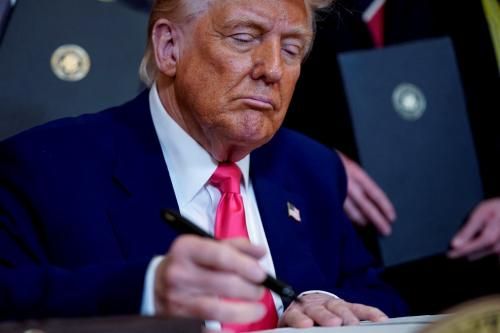
Barry G. Rabe
April 21, 2025

Marit Kitaw
March 19, 2025